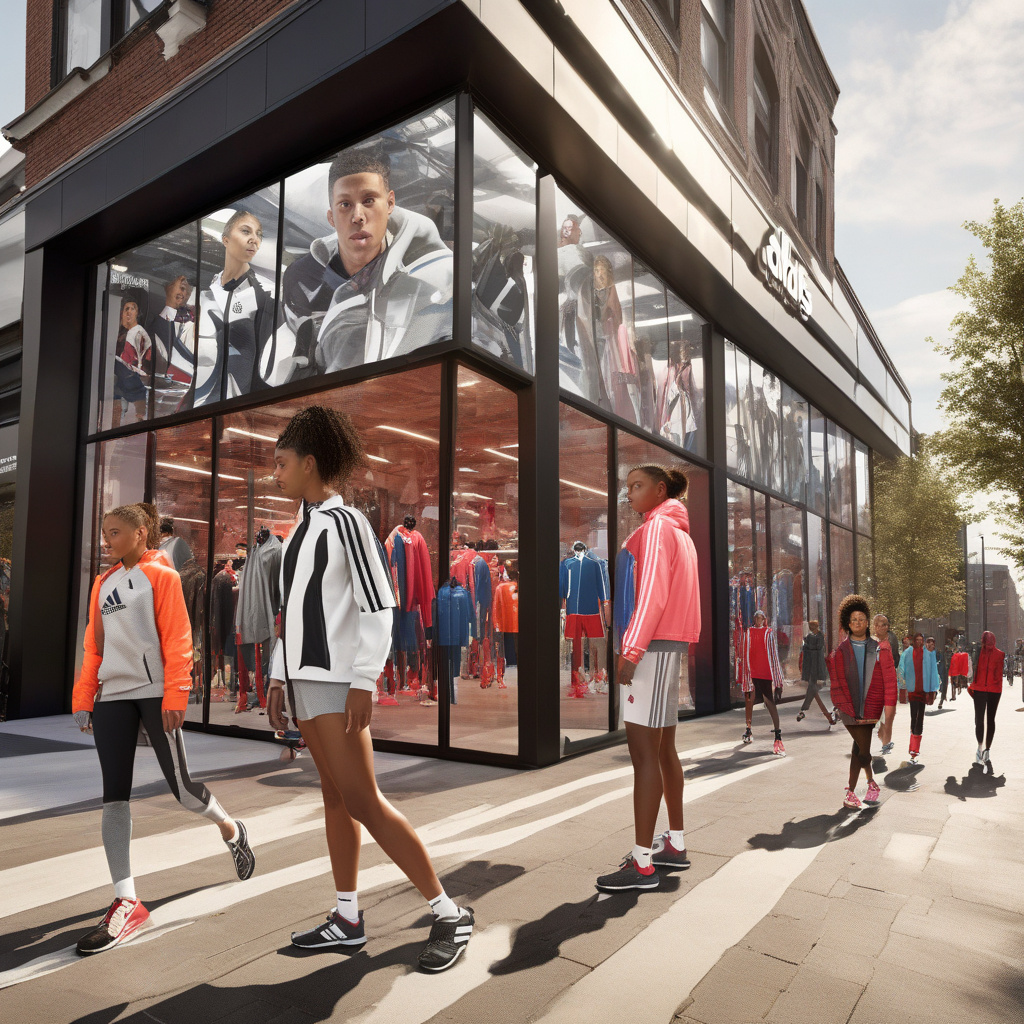Case Study | The Strategy That Brought Adidas Back From the Brink
Adidas, once on the brink of a crisis following the end of its Yeezy business, has staged an impressive comeback in recent years. The sportswear giant’s revival story serves as a compelling case study in strategic decision-making and brand reinvention. By delving into the key initiatives spearheaded by chief executive Bjørn Gulden and the company’s leadership team, we can uncover the transformational strategy that propelled Adidas back into the spotlight.
One of the pivotal moves in Adidas’ resurgence was the strategic focus on product innovation, particularly exemplified by the success of its iconic Samba sneaker. By reimagining and revitalizing classic offerings while introducing new, cutting-edge designs, Adidas was able to reignite consumer interest and appeal to a broader audience. The Samba sneaker, with its blend of heritage and modernity, became a symbol of Adidas’ commitment to both its legacy and future-forward approach.
Furthermore, Adidas made a conscious effort to realign its brand messaging and positioning by shifting the spotlight back to athletes. By leveraging partnerships with top-tier sports personalities and investing in athlete-centric marketing campaigns, Adidas reinforced its identity as a performance-driven brand synonymous with excellence and achievement. This strategic pivot not only resonated with core consumers but also attracted new demographics seeking authenticity and credibility in sportswear.
Internally, Adidas underwent significant organizational changes to streamline operations, enhance agility, and foster a culture of innovation. By empowering employees to think creatively, take calculated risks, and adapt to market dynamics swiftly, Adidas cultivated a workforce that was responsive to change and committed to driving the brand’s evolution. This internal transformation was instrumental in enabling Adidas to navigate challenges effectively and capitalize on emerging opportunities in the competitive sportswear landscape.
In essence, Adidas’ revival serves as a testament to the power of strategic foresight, adaptability, and bold decision-making in steering a brand back to prosperity. By embracing a customer-centric approach, prioritizing product excellence, and aligning its internal capabilities with external market demands, Adidas not only survived a crisis but emerged stronger and more resilient than before.
As other brands seek to learn from Adidas’ turnaround story, the key takeaways are clear: innovation is non-negotiable, customer relevance is paramount, and organizational agility is essential for long-term success. By staying true to its core values while embracing change, Adidas has set a benchmark for industry excellence and demonstrated that a strategic mindset can indeed reshape the trajectory of a business, no matter how challenging the circumstances.
In the ever-evolving landscape of sportswear and lifestyle brands, Adidas stands out as a beacon of reinvention and resilience. Its journey from the brink of crisis to a position of strength serves as a compelling narrative of perseverance, vision, and strategic acumen. As the sportswear giant continues to chart new territories and push boundaries, one thing remains certain: Adidas is not just a brand; it’s a symbol of enduring success and innovation in a fiercely competitive market.
Adidas has not just bounced back; it has redefined what it means to be a leader in the sportswear industry, setting new standards and inspiring others to follow suit. The strategy that brought Adidas back from the brink is not just a lesson in business acumen; it’s a masterclass in transformation and triumph against all odds.
#Adidas, #BrandRevival, #StrategicDecisionMaking, #SportswearIndustry, #BusinessSuccess












